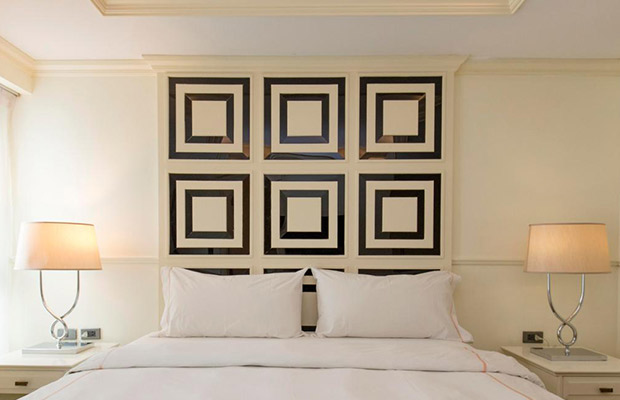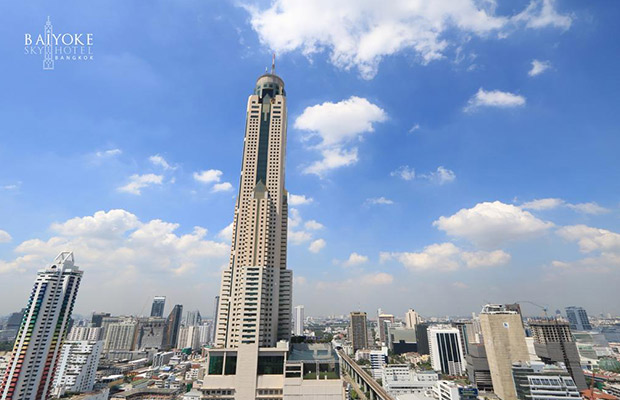Jim Thompson House Museum
Jim Thompson House Museum
Thailand
Bangkok
Bangkok Travel Guide
Book Tour & Activities
Your tour in Bangkok.
Book your stay
Your hotel in Bangkok.
Overview
Jim Thompson House is the former home of the late James H.W. Thompson, an American businessman who dedicated over 30 years of his life to reviving Thai silk in the 1950s. The lovely garden-enclosed compound sits on the bank of the Saen Saeb Canal and houses 6 traditional Thai teakwood houses transported from Ayutthaya and Ban Krua Silk Village. It’s a museum and art centre showcasing Thompson’s collection of Asian antiques and Thai silk.
The Jim Thompson House is a museum in central Bangkok, Thailand, housing the art collection of American businessman and architect Jim Thompson, the museum designer and former owner. Built in 1959, the museum spans one rectangular rai of land (approximately half an acre or 2023.43 meters).
Following his relocation to Bangkok and the establishment of the Thai Silk Company Limited in 1948, Thompson also became a major collector of Southeast Asian art, which at the time, was not well-known internationally. Attracted by the subtlety of their craftsmanship and expression, he built a large collection of historical Buddhist statues and traditional Thai paintings made of wood, cloth, and paper that depicted the life of Buddha and the legend of Vessantara Jataka. He collected secular art not only from Thailand but from Burma, Cambodia, and Laos, frequently travelling to those countries on buying trips. His collection also consisted of white and blue porcelain from China, which made its way into Thailand around the 16th and 17th centuries.
In 1958, he began what was to be the pinnacle of his architectural achievement, a new home to live in and to showcase his art collection. The museum was planned to consist of a complex combination of six traditional Thai-style houses, primarily constructed of wood, and various old Thai structures that were collected from all parts of Thailand in the 1950s and 1960s. His home sits on a klong (canal) across from Bangkrua, where his company's weavers were then located. Most of the 19th-century houses were dismantled and moved from Ayutthaya, but the largest, a weaver's house (now the living room), came from Bangkrua.
After Thompson's disappearance in 1967, the house came under the control of The James H. W. Thompson Foundation under the royal patronage of H.R.H. Princess Maha Chakri Sirindhorn. At 6 Soi Kasemsan 2, Rama 1 Road, Pathumwan, only a block away from Bangkok National Stadium, guided tours are available daily.
Highlight of Jim Thompson House Museum
This jungly compound is the former home of the eponymous American silk entrepreneur and art collector. Born in Delaware in 1906, Thompson briefly served in the Office of Strategic Services (the forerunner of the CIA) in Thailand during WWII. He settled in Bangkok after the war, when his neighbours’ handmade silk caught his eye and piqued his business sense; he sent samples to fashion houses in Milan, London and Paris, gradually building a steady worldwide clientele.
In addition to textiles, Thompson also collected parts of various derelict Thai homes and had them reassembled in their current location in 1959. Some of the homes were brought from the old capital of Ayuthaya; others were pulled down and floated across the klorng (canal; also spelt khlong) from Baan Khrua, including the first building you enter on the tour. One striking departure from tradition is the way each wall has its exterior side facing the house’s interior, thus exposing the wall’s bracing system. His small but splendid Asian art collection and his personal belongings are also on display in the main house.
Thompson’s story doesn’t end with his informal reign as Bangkok’s best-adapted foreigner, however. While out for an afternoon walk in the Cameron Highlands of western Malaysia in 1967, Thompson mysteriously disappeared. That same year his sister was murdered in the USA, fuelling various conspiracy theories. Was it communist spies? Business rivals? Or a man-eating tiger? Although the mystery has never been solved, evidence revealed by American journalist Joshua Kurlantzick in his profile of Thompson, The Ideal Man, suggests that the vocal anti-American stance Thompson took later in his life may have made him a potential target of suppression by the CIA.
Beware of well-dressed touts in soi (lanes) near the Thompson house who will tell you it is closed and try to haul you off on a dodgy buying spree.
Jim Thompson House Museum
- Address: 6 Rama I Rd, Wang Mai, Pathum Wan District, Bangkok 10330, Thailand
- Open today: 9:00 AM - 6:00 PM
- Phone: +66 2 216 7368
- Founder: Jim Thompson
Video Travel Inspiration
See Jim Thompson House Museum on Map
Most Popular Cities

Siem Reap
Cambodia
Ho Chi Minh City
Vietnam
Beijing
China
Paris
France
London
United Kingdom
New York
USA
Tokyo
Japan
Bangkok
Thailand
Seoul
South Korea
Vientiane
Laos
Yangon
Myanmar
Washington DC
USA
Los Angeles
USA
Ottawa
Canada
New Delhi
India
Singapore
Singapore
Kuala Lumpur
Malaysia
 English
English French
French Khmer
Khmer Thai
Thai Vietnamese
Vietnamese Chinese
Chinese Korean
Korean German
German Japanese
Japanese Italian
Italian Russian
Russian Spanish
Spanish Dutch
Dutch Indonesian
Indonesian Malay
Malay






































